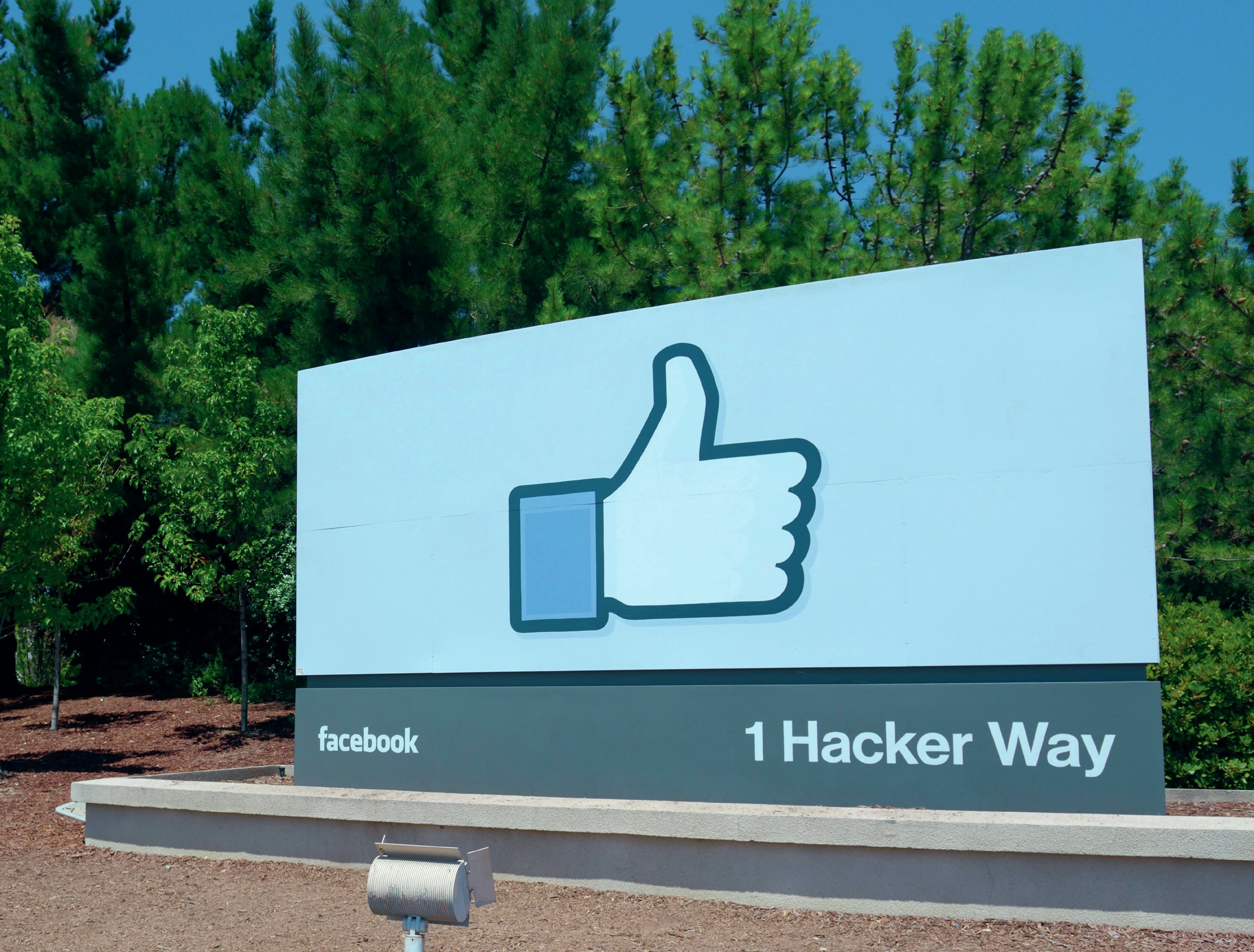Facebook, Giphy and competition
When Facebook completed its acquisition of Giphy, the UK’s Competition and Markets Authority quickly stepped in to investigate. Matt Olczak and Jon Guest explain what happened next

SPECIFICATION LINKS
competition, markets, supply chain, mergers and acquisitions, network effects
Giphy, founded in the USA in 2013, is an online library providing video files in the .gif format (gifs) that users can share. It initially allowed users to share gifs via Facebook and then expanded its services to Twitter and other social media platforms, such as Instagram and Snapchat. Nowadays, millions of posts per day on social media platforms include a gif. In May 2020, Facebook (now Meta) completed the acquisition of Giphy, for a reported $400 million.
Facebook would clearly gain from acquiring this complementary input provider and integrating the service into its platform. However, the deal attracted the attention of competition authorities, especially in the UK. On the one hand, it might seem like there was little for the UK authorities to be concerned with. The two firms are US companies and operate at different levels of the supply chain. Furthermore, Giphy allows users access to its catalogue of gifs for free. In addition, Giphy earned no revenue in the UK. Despite all of this, the Competition and Markets Authority (CMA) decided to investigate the acquisition.
Market dominance and killer acquisition
One reason for its concern was that Giphy faced competition from just one other large gif provider, Google’s Tenor. In addition, Facebook and its other platforms (WhatsApp and Instagram), already had a dominant position among social media platforms. These platforms were used at least once a month by 80% of internet users and in 2021 accounted for over 70% of the time spent on social media.
This scrutiny of Facebook was in line with the particular attention that competition authorities across the globe have paid to high-tech markets. There have been mounting worries about the power of the ‘big four’ or ‘GAFA’ firms (comprising Google, Amazon, Facebook and Apple). One concern is that their dominant positions have been enhanced through a larger number of so-called killer acquisitions.
These occur when dominant firms acquire and discontinue the innovative projects of smaller start-up firms that could have become potential challengers in the future. For example, it has been suggested that, in hindsight, competition authorities should have intervened to prevent the deals that allowed Facebook to acquire WhatsApp and Instagram.
The CMA steps in
The CMA therefore launched a detailed investigation into Facebook ’s acquisition of Giphy. This centred around internal documents from the two companies and a wide range of discussions with market participants. The CMA identified two avenues through which it believed the acquisition would harm competition.
A two-sided market
First, in the US Giphy was competing with Facebook in the market for digital advertising. Giphy had formed partnerships with a number of businesses, including Pepsi and Dunkin’ Donuts, which paid the company to stock gifs that promoted its brands. Therefore, this is an example of a two-sided market, where platforms facilitate interactions between individuals or firms on different sides of the market.
In the Giphy example, on one side of the market are the gifs supplied to users for free. However, revenue is extracted from businesses on the other side of the market, which pay to provide gifs that advertise their brands.
This source of revenue was not yet present in the UK. However, the CMA established that Giphy planned to expand the business model to other countries, including the UK. The CMA believed that this would encourage competition and innovation in the digital advertising market. Therefore, it was concerned that the acquisition by Facebook would remove Giphy as a potential future challenger in digital advertising in the UK. Furthermore, Facebook already had a share of around 50% of this market. These fears were compounded when, upon completion of the acquisition, Facebook ended all Giphy’s partnerships with brands paying for digital advertising.
Input foreclosure
Second, the CMA was concerned that Facebook ’s acquisition of Giphy would affect the supply of gifs to other social media platforms, such as Twitter and Snapchat. This is referred to as input foreclosure. There are two clear mechanisms through which this could take place. One possibility was that Facebook would simply refuse to supply Giphy’s gifs to these rivals. This would clearly result in reduced choice for consumers and enhance Facebook ’s dominant position. Facebook and Giphy claimed that the potential for harm to competition in this way was minimal since only some users cared about the availability of gifs on their chosen social media platform. However, it is important to recognise that this argument is not valid. Social media platforms exhibit substantial network effects, where the value that users derive from the services provided by a platform change as the number of other people using the same platform grows.
This is clearly the case with social media platforms as their value increases significantly to a user as more of their friends and family also use the same platform. Consequently, it would take a fairly small number of users to switch to Facebook due to the availability of gifs for the market to tip further in Facebook ’s favour.
Under the alternative mechanism outlined by the CMA, Facebook could be willing to supply gifs to the other social media platforms but on less favourable terms. For example, the CMA suggested that Facebook could require other social media platforms to provide more personal data about their users. Thus, while these users pay no explicit price for using a social media platform, giving up increased personal data represents a non-monetary cost. This would in turn harm the product provided by Facebook ’s rivals and put them at a competitive disadvantage.

Facebook’s response
Facebook suggested a range of alternative remedies to address the issues raised by the CMA. These involved Facebook either:
■ committing to continue to supply Giphy’s gifs to existing and any new social media platforms
■ allowing another gif provider that supplies gifs promoting brands access to Giphy’s library
■ creating a new gif supplier by licensing Giphy’s library and search algorithm to a new entrant for 5 years
However, the CMA decided that it was not willing to accept any of these remedies offered by Facebook. A key concern was that they were behavioural in nature and so would require ongoing regulation of Facebook ’s behaviour. While the CMA is willing to accept such remedies in some cases, it was concerned that the dynamic nature of this market would require continued close monitoring. There was also a worry that Facebook would be able to circumvent its obligations.
Tensions and fines
These concerns of the CMA should be seen in light of tensions between it and Facebook throughout the investigation. At the start of their merger investigations the CMA issued an initial enforcement order (IEO). This requires the potential merging parties to continue to compete with each other and not integrate further while the investigation is ongoing. The firms then must provide regular updates to the CMA regarding their compliance with this order. In October 2021 Facebook was fined around £50 million for failing to do this. Subsequently, in February 2022 Facebook was again fined, this time £1.5 million, for failing to inform the CMA about key members of staff leaving the organisation.
Given the CMA’s concerns with the remedies Facebook proposed, it decided that the acquisition should be blocked. However, this raised several further issues. Before the issue of the IEO, the acquisition had already progressed significantly with Facebook integrating Giphy into its business. This included moving back-office functions to Facebook and Giphy staff onto Facebook employment contracts. The CMA then had to put in place measures to ensure that Facebook would separate out and restore Giphy’s business, including its ability to raise revenue through digital advertising. These measures are essential to ensure that Giphy would be able to effectively compete following the sale.
Facebook appealed against the CMA’s decision to block the acquisition. It will be interesting to see the outcome of this appeal and, if unsuccessful, who eventually purchases Giphy.
Conclusions
The case illustrates the growing concern competition authorities have regarding high-tech markets, particularly in the UK. It presents a clear example of how these authorities are starting to take very seriously the potential harm to competition that killer acquisitions by leading tech firms can have.
It also demonstrates the substantial regulatory powers of competition authorities. If they believe there is harm to competition, they can overturn a completed acquisition and force the acquired business to be separated and sold. Furthermore, in this case, the UK authority’s decision resulted in the complete re-separation of two business based in the USA and operating in markets across the globe. Not only this, but one of the businesses had yet to raise any revenue in the UK.
KEY POINTS
1 Facebook recently completed the acquisition of Giphy, an online library providing gif videos that users can share.
2 Giphy provides a complementary input for Facebook, allows users free access to its catalogue of gifs and earnt no revenue in the UK.
3 Despite all of this, the UK competition authority decided that the acquisition would harm competition.
4 The competition authority decided that it was not willing to accept any of the remedies suggested by Facebook and that the acquisition should be blocked.
5 The case illustrates how competition authorities are increasingly using their powers to regulate high-tech markets. In particular, by preventing dominant firms from acquiring rivals that could challenge them in the future.





